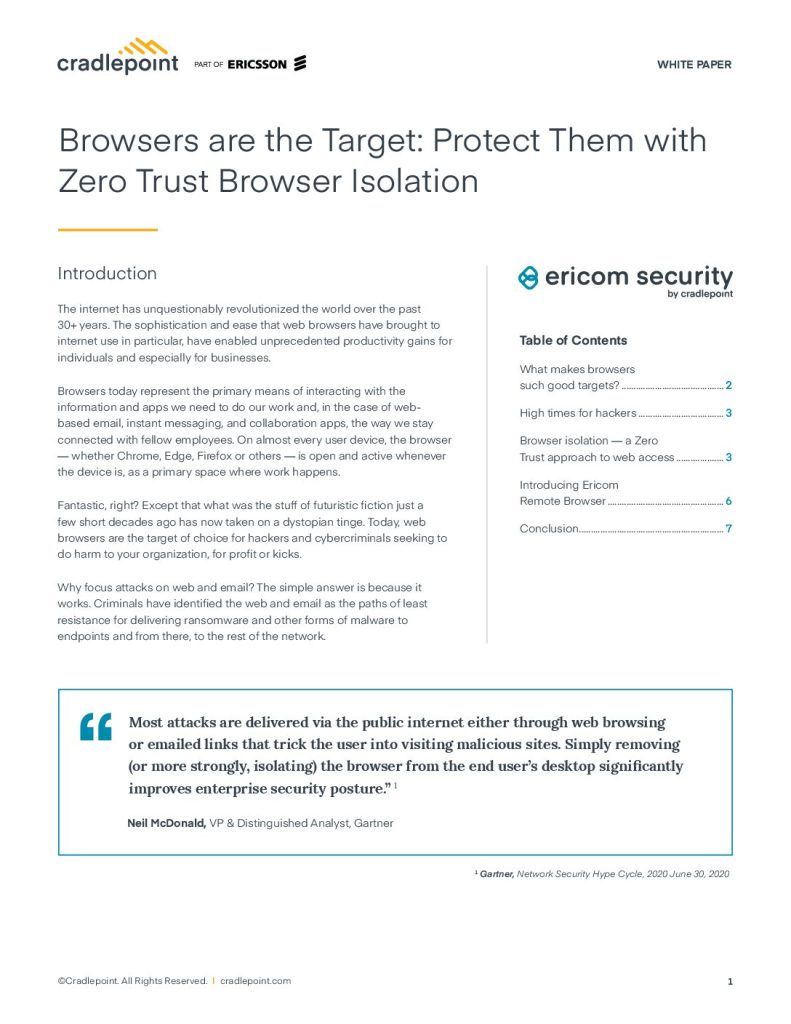Over the past three decades, the internet has unquestionably revolutionized the world, with web browsers playing a pivotal role in this transformation. The sophistication and ease of use that browsers offer have enabled unprecedented productivity gains for individuals and businesses alike.
Today, browsers serve as the primary means of interacting with information and applications, facilitating work and connectivity. Whether it’s accessing web-based email, instant messaging, or collaboration tools, browsers like Chrome, Edge, Firefox, and others are the go-to platforms for staying connected and getting work done efficiently.
However, alongside these advancements, the threat landscape has also evolved, posing significant security risks to users and businesses. This is where the concept of isolation security comes into play. By implementing measures such as Zero Trust Browser Isolation, organizations can protect their browsing sessions from cyber threats, ensuring that sensitive data remains secure while still leveraging the productivity gains offered by web browsers.
In essence, as browsers continue to serve as the primary space where work happens, integrating isolation security measures becomes essential in safeguarding against modern cyber threats while maximizing productivity gains.


